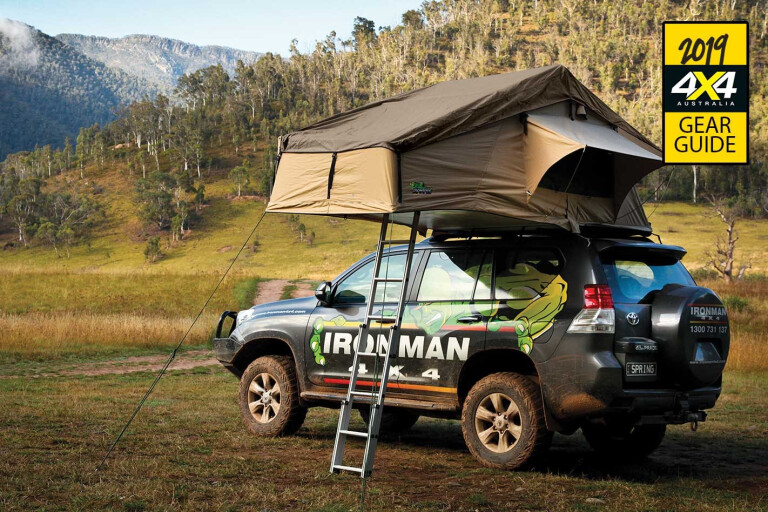
When you go four-wheel drive touring, you’re going to need somewhere to sleep at night. Here are some options…
Swag

Pros:
The great thing about a swag is you can make your bed before you leave home, roll it up and throw it in the back of your 4x4 or up on the roof. Then, it’s just a five- to 10-minute operation to drag it down, roll it out, perhaps set up a couple of poles and pegs, and go to sleep.
Swags come in several styles and sizes, with various mattress types. The type that will suit you will depend on several factors including whether you’re travelling solo or with your partner, whether you’re happy to have the canvas lying on top of you and your head poking out in the elements, or if you want supports to keep the canvas off you and creepy crawlies on the outside.
Cons:
Swags can be heavy and big when rolled up, especially when packed with a pillow and sleeping bag, so you’ll need somewhere to stow them. You can’t stand up in a swag so they’re not great for shy people. You’ll also need a ground sheet to keep the base of the swag clean and dry. If you’re claustrophobic, forget about sleeping in a swag.
Tent
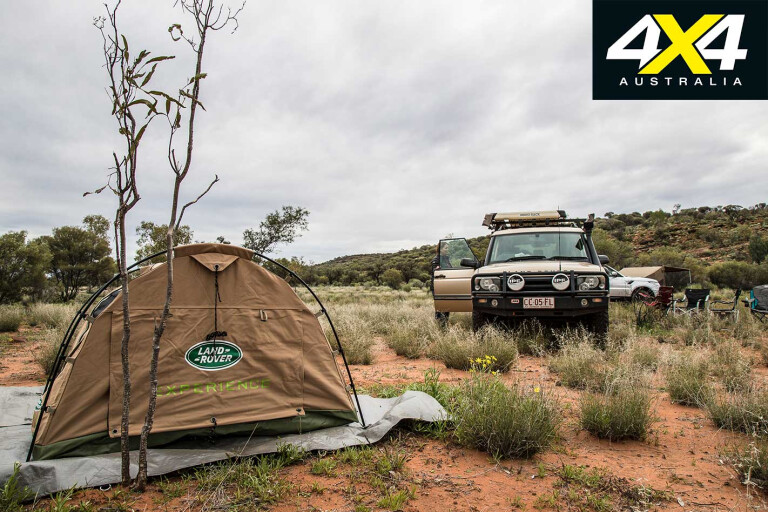
Pros:
Tents come in all shapes and sizes and are suited to solo campers, couples or families. Some tents manufactured from modern synthetic materials are lightweight and compact when stowed, yet offer ample space when pitched. While waterproofed-canvas tents are heavier and bulkier, they can prove more durable.
When choosing a tent for touring, opt for a size that suits your requirements. If you’ll be travelling a lot, consider you’ll have to pitch and pack the tent numerous times, so go for one that’s easy to set up and pack away. Also consider the packed size and where it will fit in your vehicle.
If you’ll be camped in the one location for days at a time, ease of set up will not be as important as other features such as interior space and extra rooms, vestibules or annexes.
Cons:
Most tents take longer to set up than a swag, and you’ll have to stow your mattress/sleeping cot and bedding separately.
Rooftop Tent
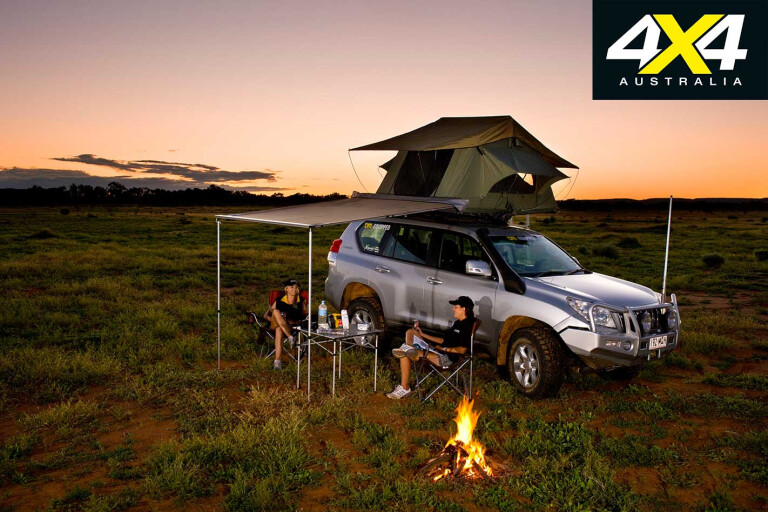
Pros:
Rooftop tents are easy to set up, come preloaded with a comfy, thick mattress, and are ideal for those who don’t like to sleep on the ground. You can even leave your bedding in there; although, this isn’t such a good idea if the tent is wet when you fold it away.
There are a few styles of rooftop tents. The traditional fold-out style tents are made from either synthetic materials or canvas, and often incorporate a fly to keep moisture out. They are housed on the roof of the vehicle in a synthetic or canvas zip-up bag. Hard-shell rooftop tents either fold up or pop up and are housed in, you guessed it, a hard shell usually made from ABS plastic.

Cons:
Rooftop tents can be heavy and bulky, so they can affect vehicle handling (by raising the centre of gravity) and fuel economy. They also take up a lot of roof space.
You need to climb a ladder to access a rooftop tent; if you’re not very mobile, this could be a problem. Another rooftop tent negative is once set up you can’t move your vehicle until you’ve packed it away again.
Camper Trailer and Caravan
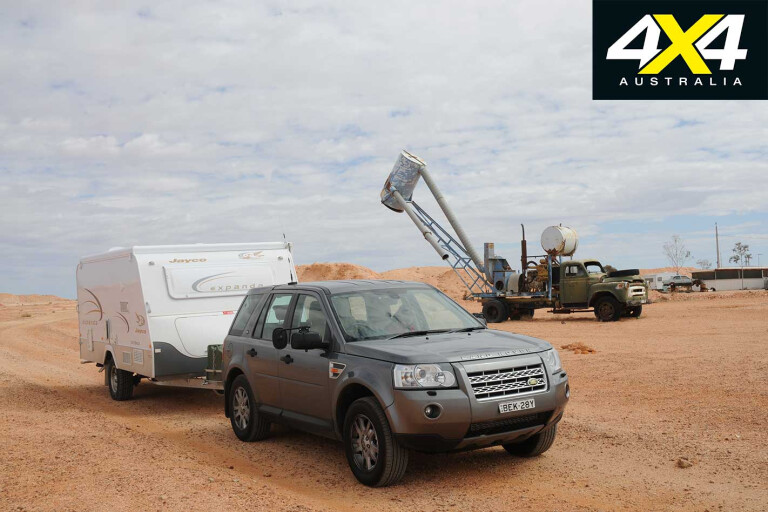
Pros:
The great thing about camper trailers and caravans is you can take everything away with you, including the kitchen sink. As well as an easy set-up tent section, most camper trailers will incorporate features such as annexes, kitchens, water storage, battery power and more, while the caravan offers all this inside/undercover as well as things like internal loos and showers. In short, they’re ideal for family getaways.
There are several styles of campers, including soft-floor and hard-floor models, and trailers with basic beam axles and leaf springs or with trick independent suspension set-ups with coils and dampers.
When choosing either a camper trailer or caravan, consider size, weight, ease of set-up and features. Also ensure the wheel size and stud patterns match your vehicle, and that it is built tough enough for where you’re going.
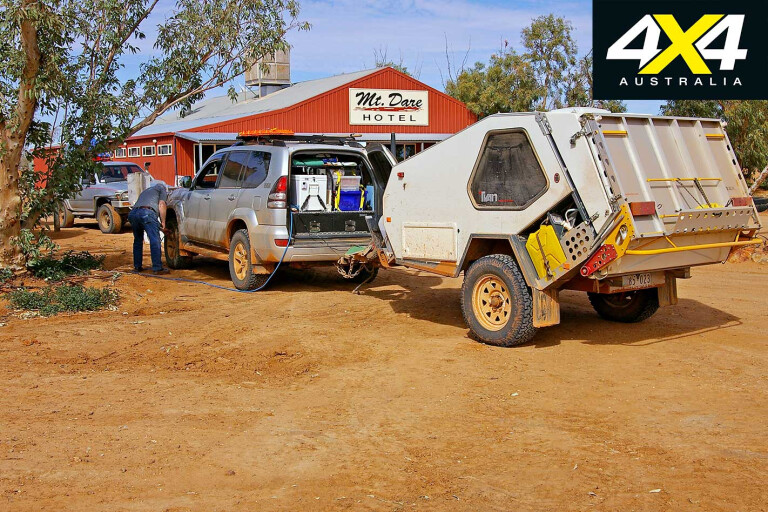
Cons:
Towing a camper trailer or caravan will affect vehicle performance, handling and off-road capability, and will increase fuel consumption; by how much will depend on the size and weight of the trailer/van and your tow vehicle.
In some parts of Australia it’s inadvisable to tow a trailer, such as across the Simpson Desert, and vans are even less advisable in gnarly conditions (unlike a camper trailer, the High Country is definitely out with a van). But, in both cases, you can unhitch them and explore further afield in your vehicle.

COMMENTS